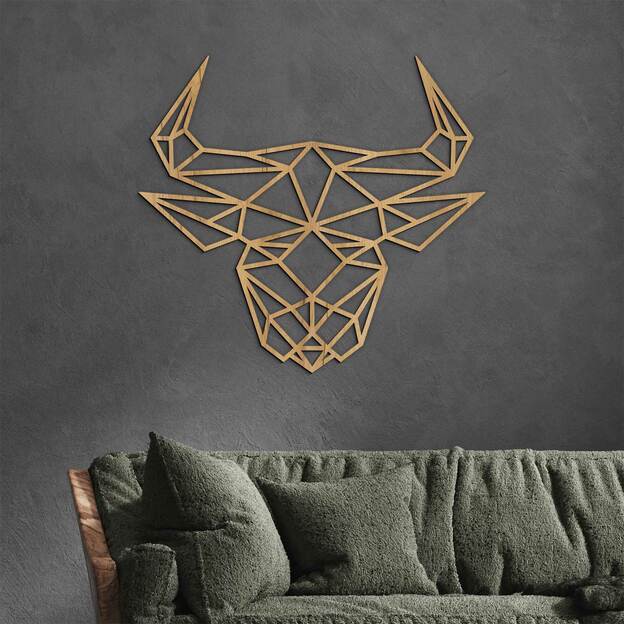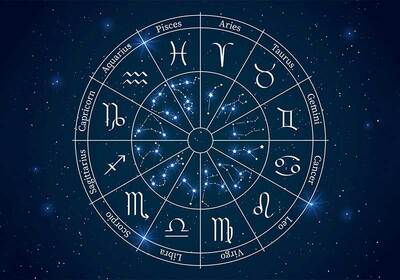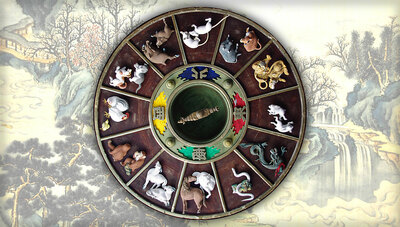
Elements of Life – Everything About Elements, Their Meaning, and Symbols
Even the ancient Greeks believed that everything on our planet is made up of four elements: the basic four elements of Earth, Water, Air, and Fire. But did you know there are other symbols of life as well?
In this article, you will read about:
- The Meaning and History of Elements
- The Earth Element
- The Water Element
- The Air Element
- The Fire Element
- Other Elements
- Zodiac Signs and Elements
1. The Meaning and History of Elements
Since the dawn of humanity, people have strived to understand the world around them. We perceive everything that exists through our five senses, which serve as our only window to the world outside our bodies. Throughout history, our ancestors created countless theories and ideas to explain the composition and workings of the world. One common theory across early civilizations identified four fundamental elements: Earth, Air, Water, and Fire. Together, these four are known as the classical elements.
What led all these early cultures to independently identify Earth, Air, Water, and Fire as the building blocks of our world?
Variations of the classical elements can be found in ancient Greece, Babylon, Persia, Japan, China, and India. The Greeks, along with many other cultures, used the elemental system to explain the essence of life, attributing life events to fluctuations of elemental forces like wind or fire. These Greek classical elements are often distinguished from the elements in the periodic table by being referred to as "classical elements." Dating back thousands of years, they were part of Greek thought long before philosophers like Plato, and the concept persisted through the Renaissance when deeper understandings of the natural world emerged.
The four classical elements are accompanied by a fifth: Ether. While Water, Air, Fire, and Earth were seen as temporary and tangible, Ether, or Space, was less tied to Earth and regarded as more spiritual. For example, stars were believed to be composed of immutable Ether.
Many people believed that elements worked to maintain balance. Disruptions in this balance were thought to cause events like earthquakes or health issues. Elemental imbalance was seen as a lack of well-being, and elements were linked to everything from seasons to divination. Knowledge of elements and their properties greatly influenced daily life.
2. The Earth Element
The Earth element appears in all theories and represents the most easily understood of the elements, as it governs the material and physical aspects of life. It symbolizes solid and dense states of matter that can be perceived through our senses of smell, touch, sight, hearing, and taste. Our physical bodies, the world around us, finances, food, and daily habits are all governed by the Earth element.

Characteristics of the Earth Element:
- Physicality - The primary symbol of Earth. It connects us with the physical world, encompassing our teeth, nails, lips, hair, bones, muscles, and fat. The Earth element gives us shape and weight in a tangible sense. In Chinese medicine, it is linked to the stomach and spleen, responsible for nutrient distribution and digestion.
- Personality Traits - Those born under Earth signs like Taurus, Virgo, or Capricorn, or with Earth-dominant constitutions, are usually practical, loyal, moral, responsible, caring, and empathetic. They exhibit patience, determination, and a reluctance to make hasty decisions. Earth signs are often drawn to stable, long-term careers and relationships and enjoy material comforts and security in their environments.
- Energy - The Earth element is connected to the Root Chakra, located at the base of the spine. This chakra governs our sense of safety and stability. When balanced, it fosters a strong sense of belonging and connection to our physical bodies, others, and surroundings. It promotes calmness, grounding, and steadiness.
3. The Water Element
With its chemical composition of H2O, water is essential for all living beings, combining two vital elements: hydrogen and oxygen.
In many ancient cultures, water was seen as the source of life and imbued with divine energy, playing roles in bathing, fishing, travel, drinking, worship, mystery, and power.
In Eastern traditions, the Ganges River remains sacred. In Egypt, the Nile, meaning "great water," has been the lifeline of civilizations since the Stone Age. Wherever water flows, life flourishes around it. The Greeks recognized water’s importance, worshipping Poseidon, while the Romans revered his counterpart, Neptune.
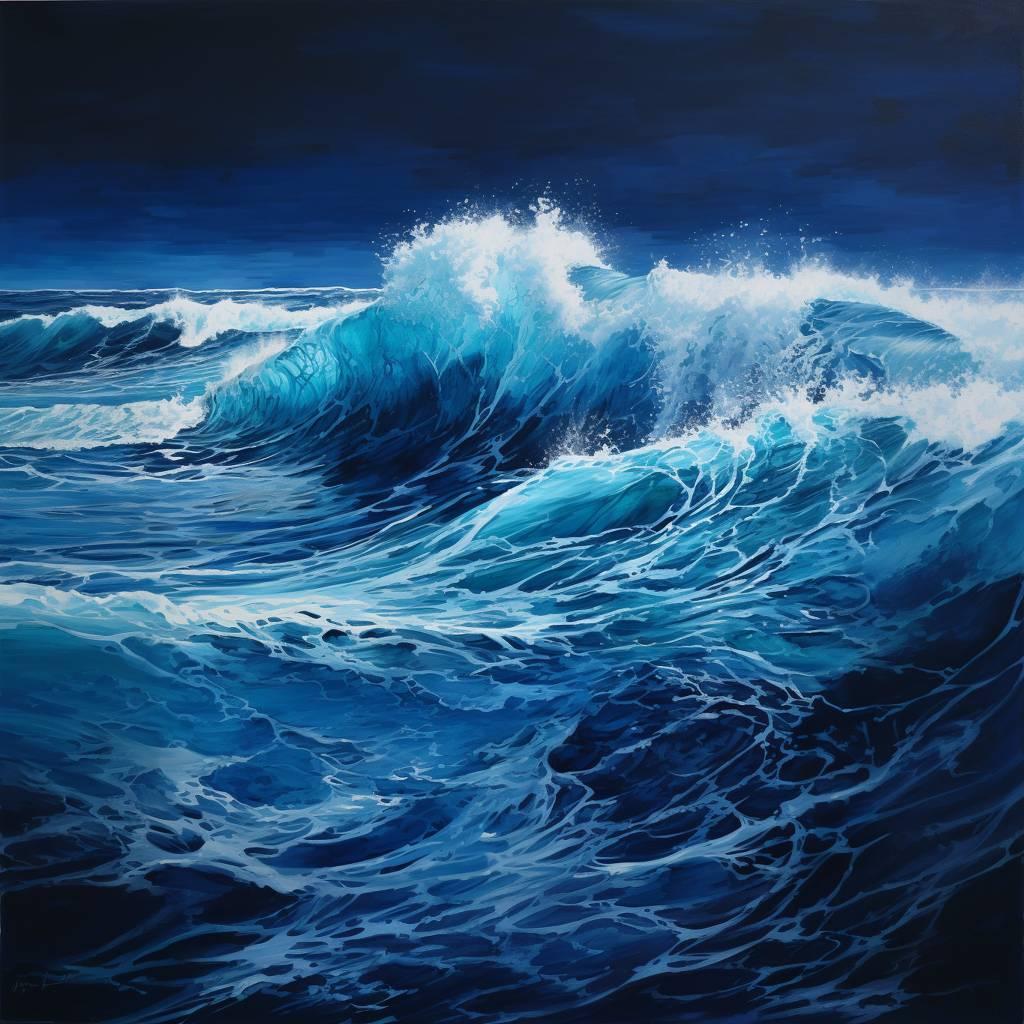
In Taoist thought, water represents intelligence, wisdom, softness, and flexibility, while also symbolizing life transitions, femininity, and "yin" energy. Water corresponds to the Svadhisthana Chakra, located in the lower abdomen, symbolizing creativity, sensuality, joy, and freedom.
With water covering 70% of the planet and making up about 60% of the human body, it remains mysterious and awe-inspiring. Stories of uncharted ocean depths and enigmatic sea creatures reflect our fascination with this essential element.
4. The Air Element
The Air element symbolizes lightness, clarity, and movement. It has been associated with gods, goddesses, and deities for thousands of years.
In ancient Greece, four wind gods governed the north, south, east, and west directions and were believed to influence the movement of the four seasons throughout the year. Vayu, the primary Hindu deity of wind and breath, was described as "exceptionally beautiful" and rode "noisily" across the sky on his radiant chariot.
Ancient cultures seemed to believe that, although air and wind are invisible, they have a profound impact on the world around us, acting as an unseen but powerful force of nature.
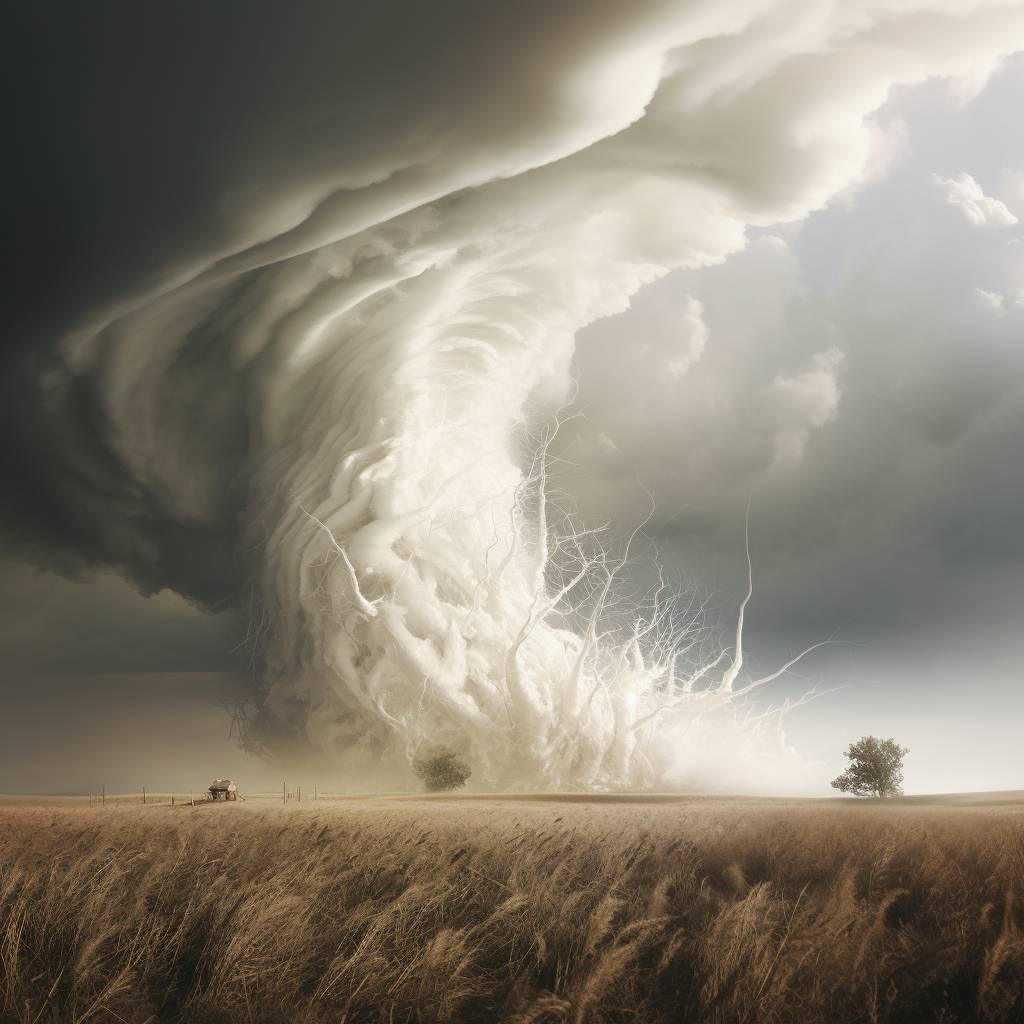
In our bodies, subtle energetic winds, known as Vayus, correspond to our physical and emotional actions. Yogic texts suggest that maintaining the flow of these winds is essential for self-care. These air movements include speech, singing, exhaling, and thinking. Additional flows involve subtle life energy around the heart and lungs, the air energy guiding digestion in the body’s center, and the ability to feel connected to the Earth.
The invisible element of air carries a wealth of sacred symbolism – communication, breath, and life. By considering how the air element interacts with our senses, we can experience this part of nature in ways that make us more present and attuned to the world around us.
The Air element is directly linked to the Heart Chakra and the sense of touch. The heart, often regarded as the dwelling place of the soul, is also seen as the keeper of our life energy.
5. The Fire Element
Greek philosophy classifies fire as one of the four fundamental elements, associated with passion and strength. Fire was so essential that the hero Prometheus stole it from the sun to ensure humanity's survival.
Heraclitus, a Greek philosopher, offered a fascinating perspective on the fire element and its connection to our souls. He believed that the soul was composed of water and fire, with the soul’s ultimate purpose being to become pure fire, a concept we might equate with "enlightenment" today.

Far Eastern philosophies consider fire to be powerful and primal. Its physical manifestation is our metabolism, while mentally it represents personal intention and desire.
In Hindu tradition, the deity Agni embodies fire and lightning, acting as a messenger between heaven and Earth. Agni receives offerings and remains "forever young" through the daily lighting of his fire. This mythology depicts fire as a symbol of communication and immortality.
Regarding immortality – it is believed that our spirit is like a fingerprint: we are made of the sun and stars, we are made of fire.
6. Other Elements of Life
Some references also mention other elements, such as wood, metal, or ether. These are sometimes considered common building materials used by humans or described as an indescribable energy that can be felt but not fully explained.
- Wood - The element of wood represents vitality, growth, and kindness. It is connected to flexibility and human warmth. Wood is vital, active, and flexible – like a new blade of grass sprouting in spring. Its energy relates to upward growth and movement. Balanced wood energy makes people flexible and diplomatic, capable of seeing others’ perspectives while contributing their own balanced views.
- Metal - Metal’s defining characteristic is its ability to cut through life, separating what is unnecessary from what is worth preserving and refining. It helps organize daily experiences, distinguishing the essential from the trivial. Like the shining edge of a masterfully crafted sword, metal radiates sophistication, brilliance, and potential. However, its edge can sometimes be too sharp, and its boundaries overly strict.
- Ether - Ether lacks the solidity of earth, the coldness of water, the heat of fire, or even the movement of air. It is the essence of "emptiness." The spatial element is the subtlest of all. Within our bodies, ether can be identified wherever there is space – in sinus cavities that allow our voices to resonate, the space in lungs filled with air, and even the emptiness in the stomach before eating.
Medieval alchemists were fascinated by ether, believing it could transform lead into gold or even extend life. They referred to ether as the "quintessence," a term also used to describe "celestial bodies" like stars and galaxies. Ancient Greeks viewed ether as a god-like element, a substance enabling humans to connect with spirituality and intuition. Ancient yogis saw ether as something unbound and omnipresent.
7. Elements in Zodiac Signs
Division of zodiac signs by elements:
| Earth | Water | Air | Fire |
| Taurus | Cancer | Libra | Leo |
| Virgo | Pisces | Aquarius | Aries |
| Capricorn | Scorpio | Gemini | Sagittarius |
7.1 Fire Signs and Their Symbols:
Fire signs in the zodiac: Aries, Leo, Sagittarius
Fire signs can be seen as astrology’s response to the challenges of life. Fire keeps us resilient, allowing us to bounce back from setbacks, disappointments, and the most challenging losses life can throw our way.
Fire symbolizes resilience, an inner sense of gratitude for another day of life. It embodies passion, appetite, and creativity. While life can be relentless and exhausting, fire signs display courage in adversity.
Like fire itself, fire signs are passionate, dynamic, and temperamental. Fire can warm you, but it can also cause great destruction.
7.2 Air Signs and Their Symbols:
Air signs in the zodiac: Gemini, Libra, Aquarius
Air connects our hearts and minds to the world around us. Both astrologically and in everyday language, air is the element of connection, delivering an endless stream of information and allowing us to send messages in return.
In astrology, the air element, embodied in Gemini, Libra, and Aquarius, is typically described as intellectual and cognitive. People with dominant air signs often symbolically—and sometimes literally—build bridges between the inner reality of consciousness and the outer realities of the objective world. They tend to speak engaging words that help us understand the world around us.
Air signs are about action, ideas, and movement—they are the "winds of change." When a strong wind blows, it’s impossible to stay still. Like a breeze, they are hard to grasp, and you never know how far they’ll take you. It’s almost always an adventure.
7.3 Earth Signs and Their Symbols:
Earth signs in the zodiac: Taurus, Virgo, Capricorn
Earth signs represent a sacred, spiritual journey, just as meaningful as those of fire, air, and water. Earth is about manifesting spirit, bringing ideals and visions "down to earth" to make them real. People born under earth signs have a purpose and a mission, and they are here to accomplish something tangible.
They face challenges, confront opposing ideas, restrictions, or even enemies, and are often forced to make compromises. They are steady and loyal, standing by their people through tough times. On good days, they are practical, though they can sometimes be materialistic or superficial. Earth signs might become overly cautious, possessive, or manipulative.
7.4 Water Signs and Their Symbols:
Water signs in the zodiac: Cancer, Scorpio, Pisces
Water is deeply connected to emotions, feelings, and the ebb and flow of moods. Without water, we would become inhuman—flat, cold, and mechanical, lacking heart and soul, and perhaps even a purpose for living. Everywhere we look, we see the connection between water and feelings.
Intuitive, emotional, and exceptionally sensitive water signs can be as mysterious as the ocean itself. Like water, they can refresh or overwhelm you with their depths. These signs often experience intense dreams and borderline psychic intuition. Security is vital for them—water, after all, needs a container, or it will evaporate and disappear.
However, when emotions take over our lives too much, we may easily get carried away by our sensitivity to the disharmony between our inner and outer worlds.








































































































